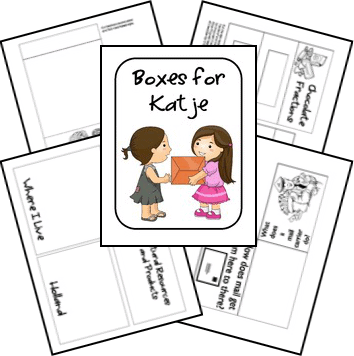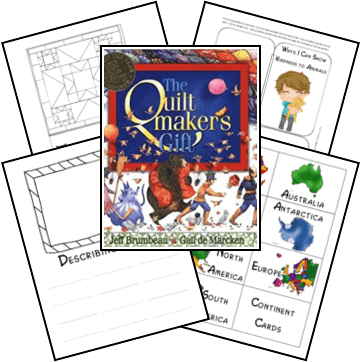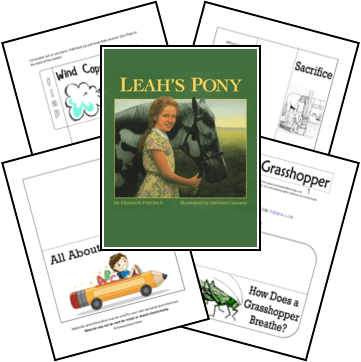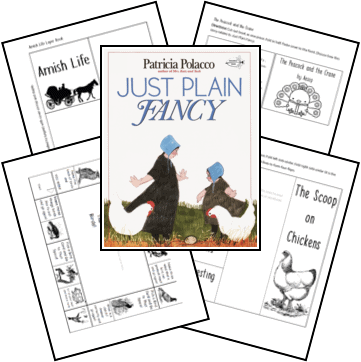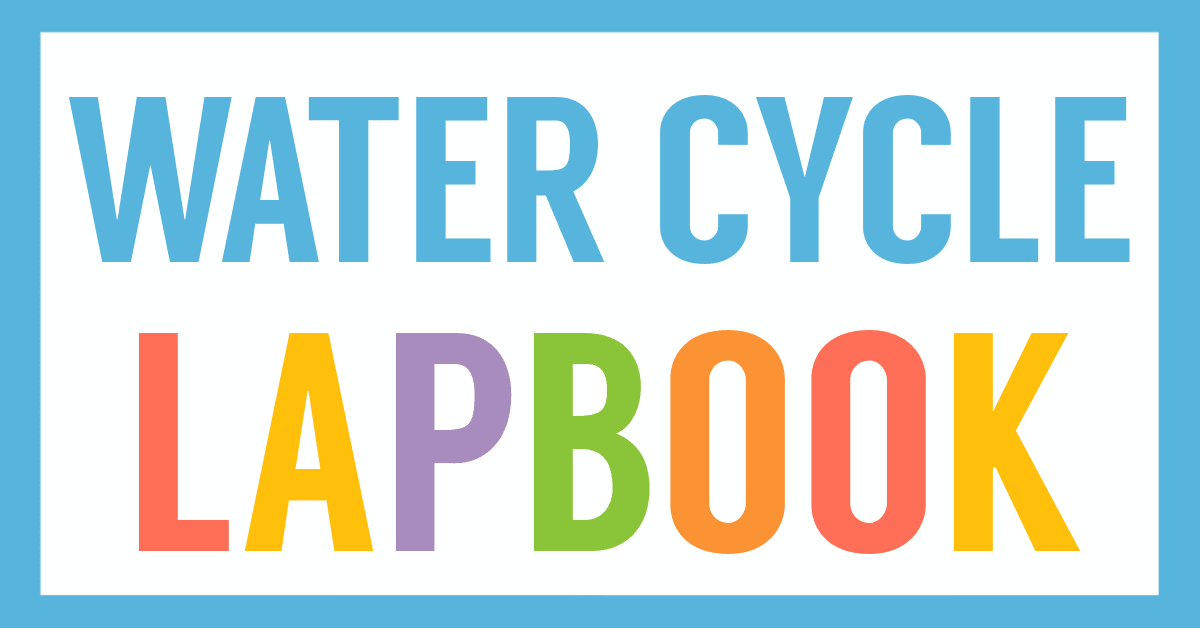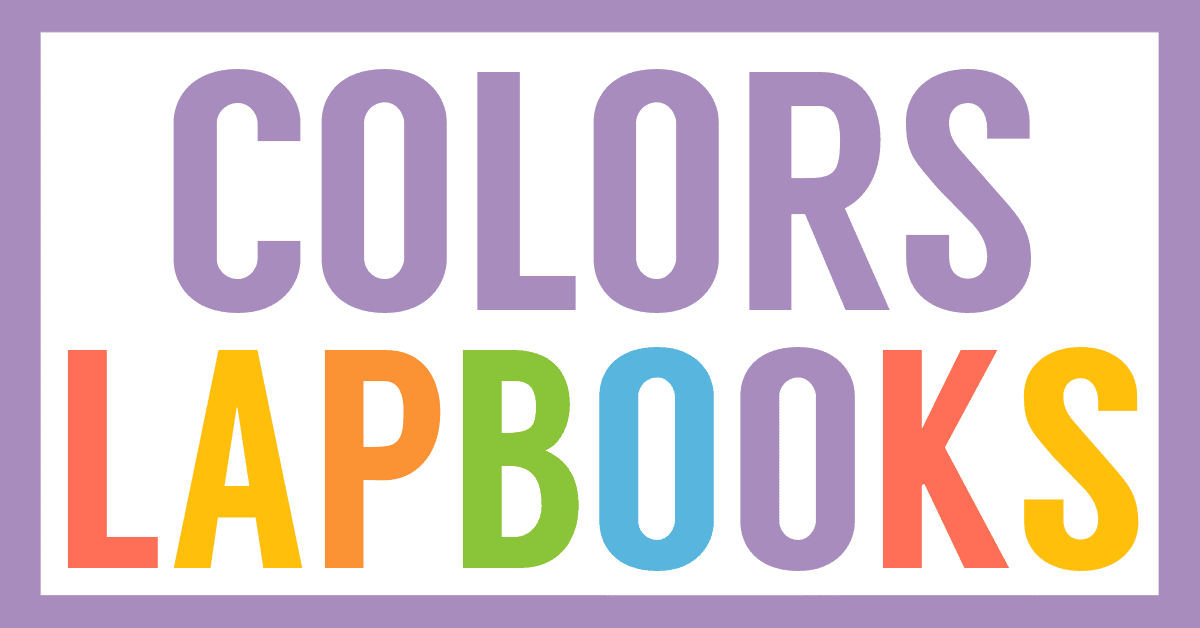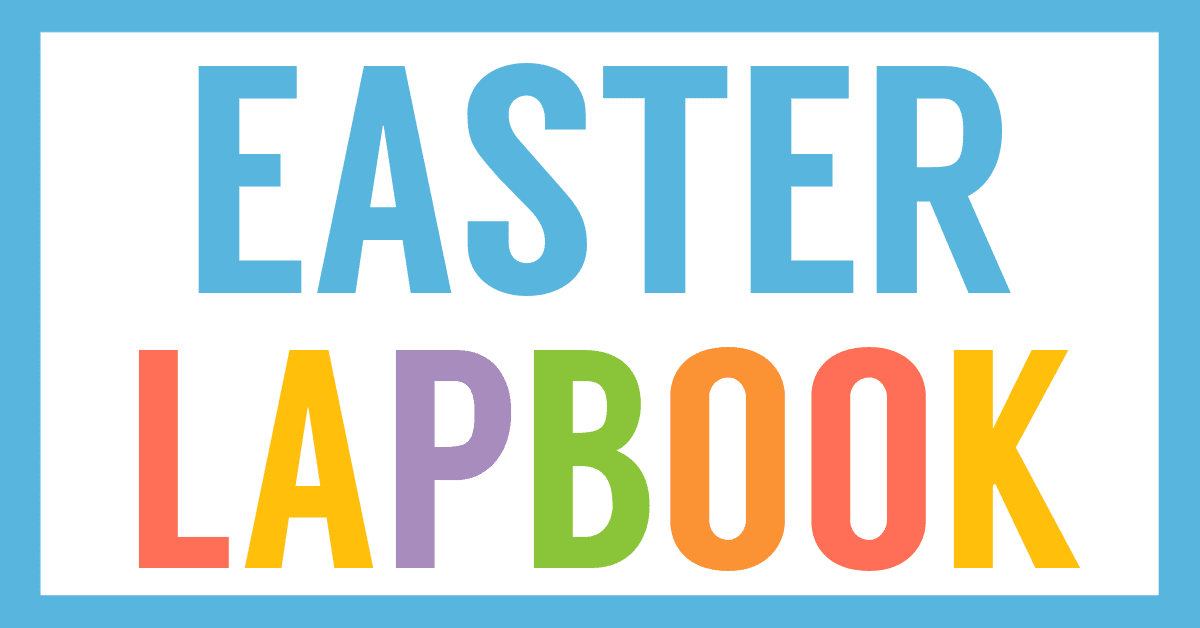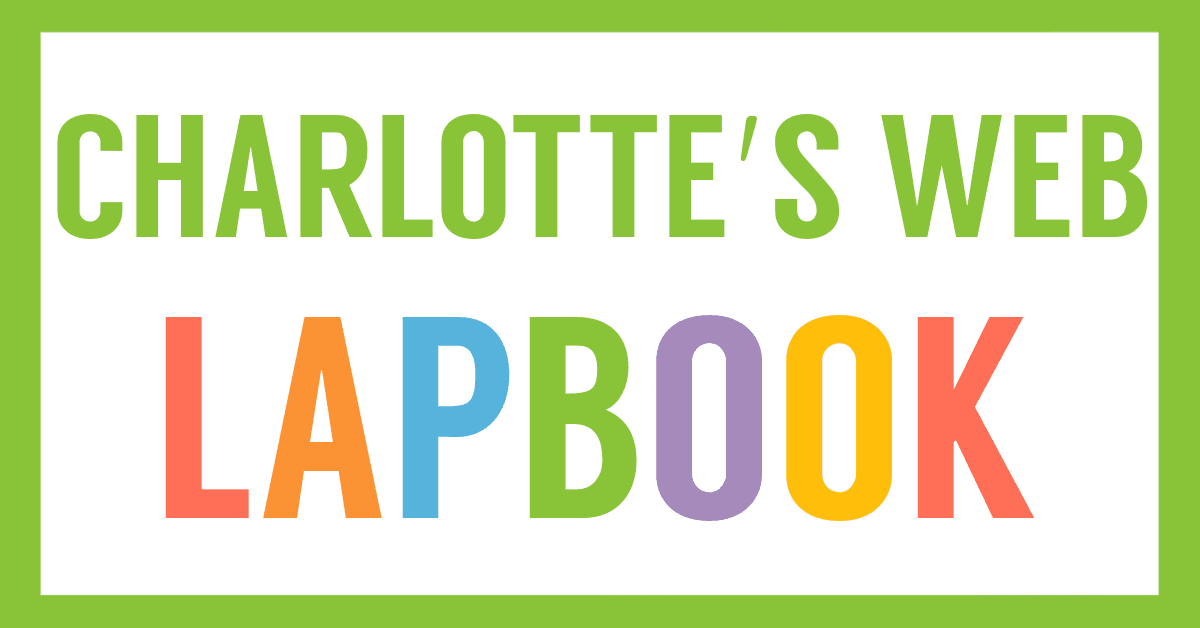Affiliate Disclaimer
We sometimes use affiliate links in our content. This won’t cost you anything, but it helps us to keep the site running. Thanks for your support.
After World War II there is little left in Katje’s town of Olst in Holland. Her family, like most Dutch families, must patch their old worn clothing and go without everyday things like soap and milk.
Then one spring morning when the tulips bloom “thick and bright,” Postman Kleinhoonte pedals his bicycle down Katje’s street to deliver a mysterious box – a box from America! Full of soap, socks, and chocolate, the box has been sent by Rosie, an American girl from Mayfield, Indiana.
Her package is part of a goodwill effort to help the people of Europe. What’s inside so delights Katje that she sends off a letter of thanks – beginning an exchange that swells with so many surprises that the girls, as well as their townspeople, will never be the same.
Another one of my favorite picture books, Boxes for Katje, is a beautiful story of generosity and friendship. Grab our free Boxes for Katje unit study and lapbook and spend a week enjoying this inspiring book.
Thanks to Celia for introducing me to this wonderful story and for teaming up with me to create this Boxes for Katje unit study.
Boxes for Katje Unit Study Lessons
This unit study includes lessons and printables based on the book Boxes for Katje by Candace Fleming.
Here are some sample lessons from the Boxes for Katje Unit Study:
Art: Perspective
Perspective creates feelings of depth in a picture. Three basic ways to create depth are line, size, and overlapping; all three give the picture dimensions. The art in Boxes for Katje does not show much depth, therefore, it is flat (it is not three dimensional). Compare the illustrations in Boxes for Katje to another book you have (that has three dimensional art). Even though the pictures Stacy Dressen McQueen has created are flat, she has created a sense of perspective through the use of layering. Overlapping images creates an illusion of depth. Look at the page that says, “Sugar, sugar, sugar” with your student. Which images seem to be closer? Which ones seem to be farther away? Note that the little girl in the pink dress with bare feet appears to be closer than the man holding the baby because she overlaps him– her arm and her leg are layered on top of him.
Your artist can try this technique in a few different ways. He can cut pictures from old magazines and layer them on top of each other. Then he can draw a picture based on his cut/paste collage. Your student could also draw pictures, then cut them out and overlap (paste) them on a separate sheet of paper. Your younger student may just want to complete the magazine collage mentioned above. Remind your student to vary sizes and shapes.
Art: Artist Study: Matisse
Stacy Dressen McQueen’s uses flattened forms (as discussed in Art: Perspective), bright colors, and fanciful patterns. Look back through Boxes for Katje for examples of each. A famous artist who used a similar technique was Henry Matisse. Matisse and McQueen both layer pattern and color. This is noted in every page of Boxes for Katje (pattern– bricks, clothes, walls, floors, etc.; colors are layered– blue on brown, red on blue, etc.). These traits are also noted in many of Matisse’s paintings.
In Boxes for Katje, illustrations look like they were cut out and glued to the paper, but they weren’t. McQueen achieves this effect by painting a small white outline around the outside of many figures.This is one difference between McQueen and Matisse; Matisse really did cut and paste his artwork. Find some pictures of Matisse’s work. After viewing Matisse’s work, let your student try to mock the work of Matisse and McQueen by using flattened forms, bright colors, and whimsical patterns. Your student will need to create (paint, draw, crayon) some patterns on paper (or you will need to get a book of wallpaper samples). Then, let your student draw a picture in pencil. Cut out patterns to match the pencil drawing and paste them in. After your student is finished adding patterns, let him color or paint the rest of the picture. Encourage your student to use some overlapping for perspective.
Science: Seasons
This book takes the readers through all four seasons in Holland. Make a list with your student of the characteristics of each season as noted in the book. Then, discuss what the four seasons are like where you live. A picture book that may add to your study of seasons is Four Seasons Makes a Year by Anne Rockwell.
Science: Tulips
In the final two pages of the story (“And so one sun-bright morning…”), if you look at the bottom of the left page moving right and up, you will see the progression of a tulip bulb. Your student is probably familiar with seeds and how things grow from seeds, but does he know what a bulb is? Explain that tulips grow from bulbs. A bulb is a pre-packaged plant including the food it needs to grow. If you slice a bulb, you can see the parts of a plant.
Tunicate bulbs can have a papery covering (like an onion). Other bulbs, scaly bulbs (like lily bulbs), don’t have paper coverings. If you have access to many types of bulbs, let your student sort them into two piles, tunicate and scaly. You could also make a chart by using pictures of bulbs you find online.
You can grab a copy of the entire Boxes for Katje Unit Study and Lapbook in an easy-to-print file at the end of this post.
Boxes for Katje Lapbook Printables
In addition to the unit study lessons, the file includes a Boxes for Katje lapbook with these mini-books:
- Symbols of The Netherlands Tab Book
- Seasons Sorting Cards & Pocket
- Items Sent to Holland Simple Fold Book
- Where in the World Is Holland? Map Book
- Where Is Indiana? Map Book
- Vocabulary Pocket (make your own cards)
- Five Parts of a Friendly Letter Activity Page
- Generosity Matchbook
- Natural Resources and Products Layer Book
- Chocolate Fractions Accordion
- Mail Carrier 3/4 Book
How to Get Started with Your Boxes for Katje Unit Study & Lapbook
Follow these simple instructions to get started with the Boxes for Katje Unit Study:
- Buy a copy of the book, Boxes for Katje, or borrow one from your local library.
- Print the Boxes for Katje unit study.
- Choose the lessons you want to use with your student (a highlighter works great for this).
- Choose and prepare the lapbook printables you want to use with your student.
- Enjoy a week of learning about Holland, Indiana, the seasons, tulips, fractions, and more!
Get Your Boxes for Katje Unit Study & Lapbook
Simply click on the image below to access your free Boxes for Katje Unit Study and Lapbook.
More Literature Based Unit Studies
Check out these other literature based unit studies.

